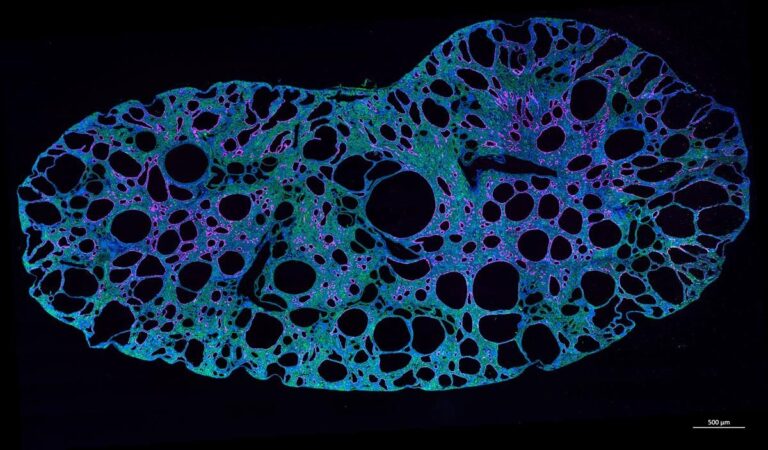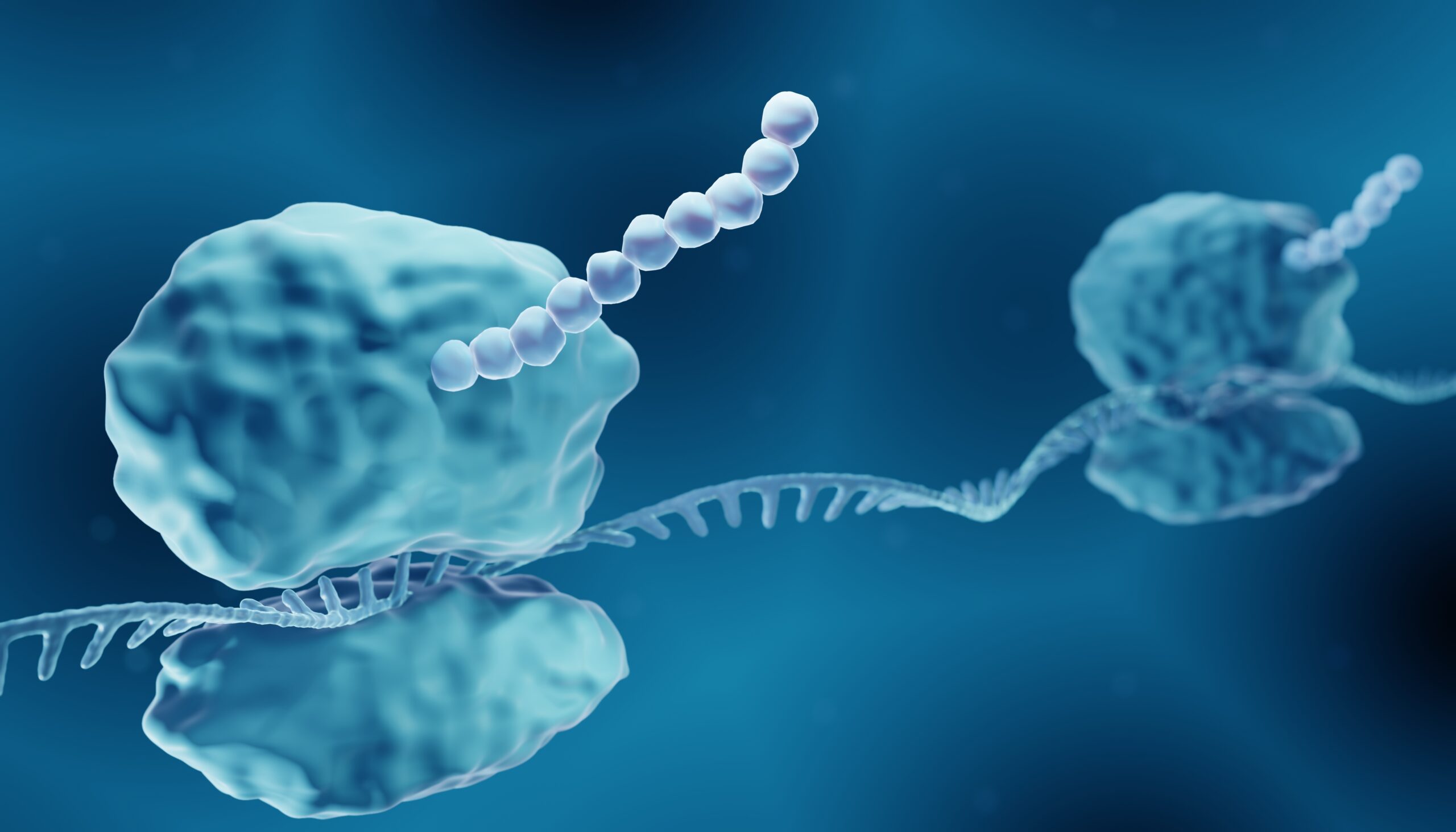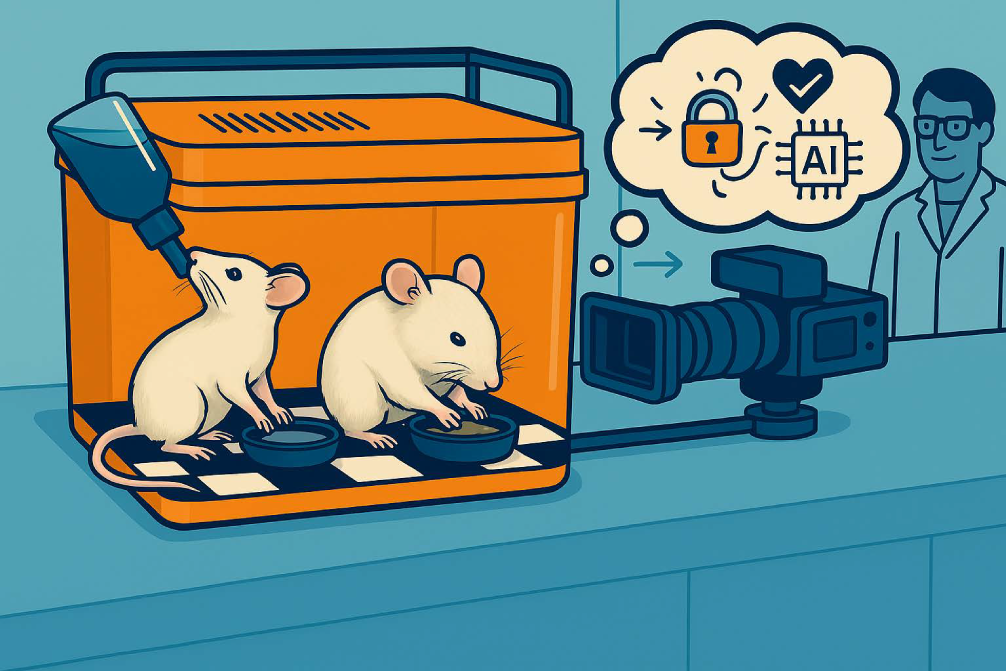Finding out more about kidney disease John Sayer is a Professor of Renal Medicine at Newcastle University’s Institute of Genetic Medicine I am a principal investigator and lead a research group investigating inherited kidney disease.
My motivation is to help patients with genetic diseases and understand the mechanisms of disease more fully. I first heard about GEMM when I saw an advert on the web about how GEMM is helping advance research by making designer mouse models. GEMM is important for our research as we are wishing to mimic exact mutations in human patients. Rather than knock out a gene completely we wish to introduce milder mutations that are much more realistic models of what happens in human disease. Using resources from GEMM we have established a new mouse model of Joubert syndrome mimicking exactly a mutation carried by many families with this condition. The gene change is within CEP290 and is a potentially treatable mutation. Having the mice available with this precise gene change is allowing us to try specific gene therapies in this animal model. My advice to someone thinking about applying for GEMM would be to think about matching the mouse model to exactly what the human disease gene defect is. Image shows bissected kidney from mouse with Joubert syndrome secondary to Cep290 mutation shows extensive cystic change. Publications https://www.ncl.ac.uk/igm/staff/profile/johnsayer.html#backgroundhttps://www.ncbi.nlm.nih.gov/pubmed/28973549 Using GEMM in translational biomedical research Nicoletta Kessaris applied for a GEMM model through the first call I am a Professor of Neuroscience at UCL and the Deputy Director of the Wolfson Institute for Biomedical Research where I run a small research group. My job ranges from day to day. I work on the bench whenever I get the chance because this keeps me in touch with the day-to-day research as well as technical progress. I discuss work with colleagues in my lab and external collaborators and make decisions as to the best direction of the work. I am responsible for bringing in grant funding to support the work as well as disseminating our results through scientific conferences and peer review publications. I act as a peer reviewer for scientific journals and grant funding bodies in the UK and abroad. My role as a Deputy Director of the Institute entails administrative and strategic duties within the Institute and the wider UCL. I teach regularly at undergraduate and postgraduate level. By far the biggest motivation for me is the pursuit of knowledge – coming up with a hypothesis and testing it on the bench. I first heard of GEMM through discussions with colleagues and attendance of a GEMM-organised meeting. GEMM is essential to my work and to the scientific community. My training has been in mouse genetic manipulation and yet I choose to have my mouse models generated by GEMM. This is because GEMM provides an excellent service. Having the mouse model generated by GEMM allows me to focus my lab resources onto the analysis of the model as opposed to its generation. I applied for a GEMM model through the first call. The model was generated in 2017 and we are in the process of analysing it. On the basis of this I was able to successfully obtain a BBSRC grant. My advice for someone thinking about applying for GEMM would be do not hesitate! Publications https://www.ucl.ac.uk/wolfson-institute-biomedical-research/http://www.homepages.ucl.ac.uk/~rmgzntk/https://iris.ucl.ac.uk/iris/browse/profile?upi=NTEKK44



